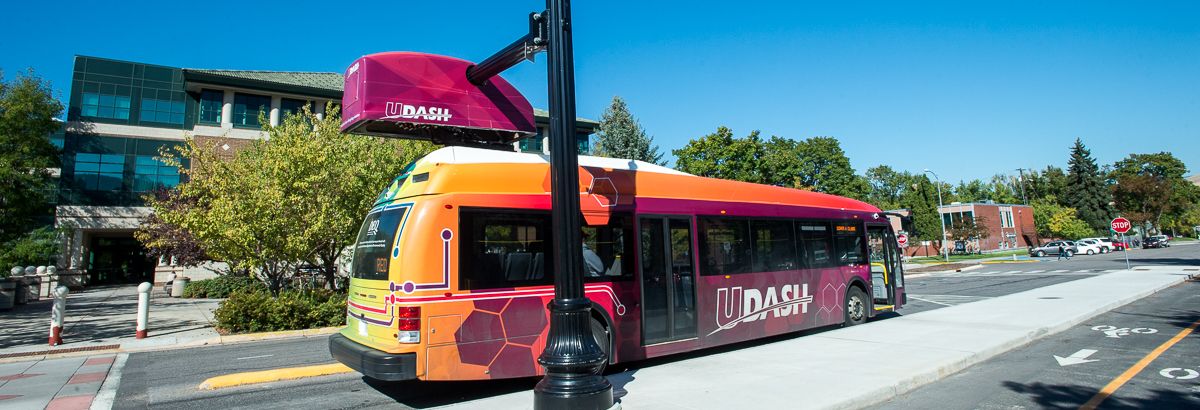Bicycling Basics
-
In 猎奇重口, bicycles are legally classified as vehicles. That means you have the same rights as a car, but it also means you must follow the same rules as a car. Follow these tips to ensure you're riding safely, predictably and legally.
Obey all traffic signs and signals. Stopping means that all your forward momentum has ceased. Be sure to do so at all stop signs and red lights. Wait until the light turns green or the walk sign appears before crossing a signalized intersection. Remember, you can get a traffic ticket, just like a motorist.
. Riding against the flow is called “bike-salmoning,” and is one of the most common ways bicyclists get injured. Never go down a one-way street the wrong way, or travel the wrong way in the bike lane.
Take the lane. As a cyclist, you have a right to the full lane. Ride in the center of the lane and stay out of the “door zone” next to parked cars. You are not blocking traffic; you are traffic. Cars should change lanes to pass you, and are legally allowed to cross the double yellow line to do so.
Use hand signals to turn or stop. This makes you more visible and predictable to other road users.

. People traveling on foot always have the right of way. When approaching a pedestrian or another cyclist from behind, let them know of your presence - use a bell, or say “coming up on your left.” Slow down and give pedestrians a wide berth when passing.
On campus, the speed limit for bikes is no more than double the walking speed. If sidewalks are too crowded, dismount and walk.
Ride only on paved surfaces. Riding on the grass creates ruts and mud pits, and diminishes the beauty of campus.
Always lock up your bike! Theft is a problem in Missoula. Always use the best bicycle lock you can afford.
Lock your bike only to bike racks. Bikes damage trees, and can block access to buildings for those with disabilities.
. At minimum you must have a front light and a rear reflector. Get FREE bike lights at the ASUM Transportation Office (UC 115) or downtown at City Hall.
-
Wearing a helmet is a personal choice, but it could save your life. Be smart.
If you need a helmet, St. Pat’s Hospital hosts helmet sales once a month, and all helmets are sold at wholesale cost - $8 for a bike helmet, $10 for a multi-sport helmet. Call 406-329-5660 to find out when the next sale will be.
If you do choose to wear a helmet, there are some basic helmet fitting guidelines you should know:

1. If you put two fingers on your eyebrow, the top of your index finger should be touching the bottom of your helmet - in other words, your helmet should be centered squarely on your forehead. If your helmet is so far back on your head that your hairline is showing, you're not protected. If your helmet will not fit down over your head far enough so that it sits in the middle of your forehead, it is too small for you, and you need to upgrade to a larger size.
2. Most helmets come with plastic clips called "sliders" that can slide up or down on the side straps. Those side straps should make a "V" or a triangle around your ear, as seen in the image above. The slider clip should hang just below your ear, like an earring.
3. With the chin strap buckled, you should be able to fit two fingers under your chin, and be able to open your mouth without choking yourself.
4. Good helmets these days come with an adjustable crank at the back of your helmet, that you can tighten or loosen with one hand. Make sure that it is as tight and snug against your head as possible without being uncomfortable.
When your helmet is properly fitted, you should be able to shake your head vigorously from side to side and up and down without the helmet sliding around. If you've followed all the steps and it still moves around, your helmet is too big. The best option is to buy a properly fitting helmet.
-
If your bicycle is stolen, please report it immediately to Campus Police, at 406-243-6131. Follow up by contacting ASUM Transportation with your police report.
Additionally, you can post pictures and a description of your bike on the , and members of the group will keep an eye out for it.
-
Always lock up your bike, even if you will only be away from it for a minute. Use the best lock you can afford (preferably a U-lock, which can’t be easily cut through with bolt-cutters). You can purchase at-cost U-locks from the Office of Public Safety for just $20.
The lock should always go both around the bike frame and around the post, at minimum. If you have a quick-release wheel, your lock should also go through the wheel.

Lock your bike only to bike racks. Bikes damage trees, and can block access to buildings for those with disabilities.
-
BIKE REGISTRATION
Registering your bike is a free and painless process offered through The 猎奇重口 and Project 529. Registration ensures that if your bicycle is stolen but later found or recovered, it can be returned to you. Although the process is completely optional, it is always a good idea. Just having the registration sticker on your bike may deter some thieves.

Go to our to learn more. All you need to know is the make and model of your bicycle, and its serial number.
-
Sometimes, even if you do everything right, accidents still happen. Make sure you know what to do.
1. Remain calm and move out of the road. You don't want to keep yourself at risk by staying in the street. And by keeping your cool, you'll be able to better communicate and be viewed more favorably once police arrive.
2. Do not let the driver leave. Even if you think you're unharmed - because of the shock and adrenaline, you may not realize you are injured. DO NOT feel guilty about incriminating the driver. If witnesses are around, ask them to stay also. Their testimony to police can help your case.
3. Call the Police - and wait for them. You cannot file an accident report after the fact. A police accident report is an important form of documentation.
4. Get the Driver's information - their driver's license, auto insurance information, and license plate number.
5. Take pictures of everything - you, your bike, the car, the plates, the intersection, the street signs, anything you see. You can never have too much documentation.
6. When the Police come, make a statement. Give the officer a complete account of what happened, from your perspective. Do not confess that you did anything wrong, and do not lie.
7. Seek medical attention as soon as possible. Do not assume you are fine. It is best to go straight from the scene of the crash to a doctor. This will help your insurance claim if you file for injuries. You can get care at St. Patrick Hospital (500 W. Broadway), Community Medical Center (2827 Fort Missoula Road), and Curry Health Center (634 Eddy - on campus during business hours). If you experience emotional distress following an accident, see a therapist. PTSD is nothing to be ashamed of.
8. Start documenting your related expenses - medical bills, receipts for taxis you had to take, charges for fixing your bike, lost wages—all of it. You’re going to hand it all over to the insurance company sooner or later.
9. Contact a Lawyer. If you file an insurance claim, having a lawyer will ensure that you get adequate expenses paid, not the meager amount they might pay out otherwise. Check out for a list of attorneys that specialize in bicycle crashes. You can also get help from , 406-243-6213, or the 猎奇重口 Lawyer Referral and Information Service, 406-449-6577.
10. Start an insurance claim. Call up the driver’s insurance company and open a claim. Until you have consulted with your lawyer, do not give them more than the basics about what happened: That you were hit as a pedestrian or cyclist by this driver at this day and time in this city. You don't want to accidentally say something that might hurt your case.
This information was adapted from an article on .
-
The Outdoor Program offers bike maintenance workshops.
Build a bike at , a local non-profit dedicated to education, empowerment, and community engagement.
UMPD sells discounted U-locks to protect your bike.
Missoula Bike Map
The is your definitive guide to all bike lanes, trails, paths, shared lanes and cycletracks in Missoula. You can pick up a hard copy in the ASUM Transportation Office (UC 115) or you can download a .
How to Load Your Bike on the Bus
All Mountain Line buses have a bike rack on the front of the bus that can carry up to three bikes at a time. The racks are easy to use and only take a few seconds. Check out their . Don't forget, Mountain Line buses are fare-free, just like UDASH, so you can seamlessly hop from one mode of transportation to the other.

Biking Articles from News

Benefits of Biking

Biking in the Winter

What to do in a Collision

Mountain Biking

Buying & Selling a Bike

Cycling Organizations

Places to Ride

Shops and Maintenance

